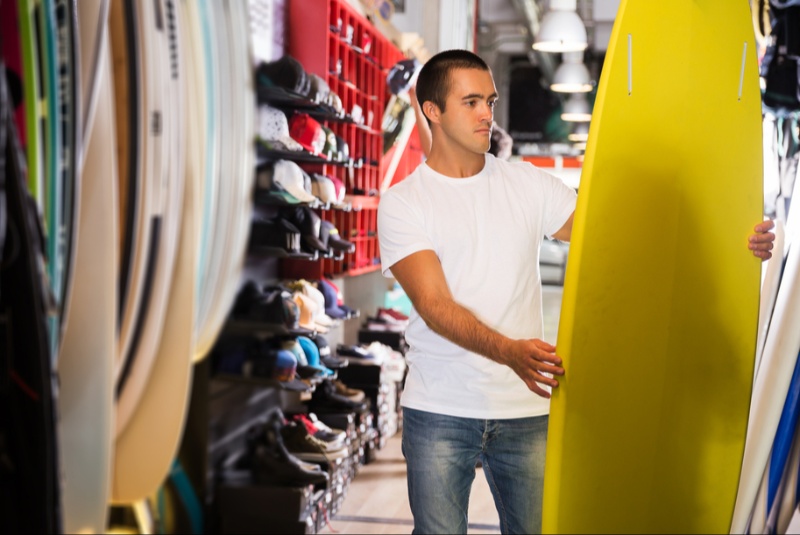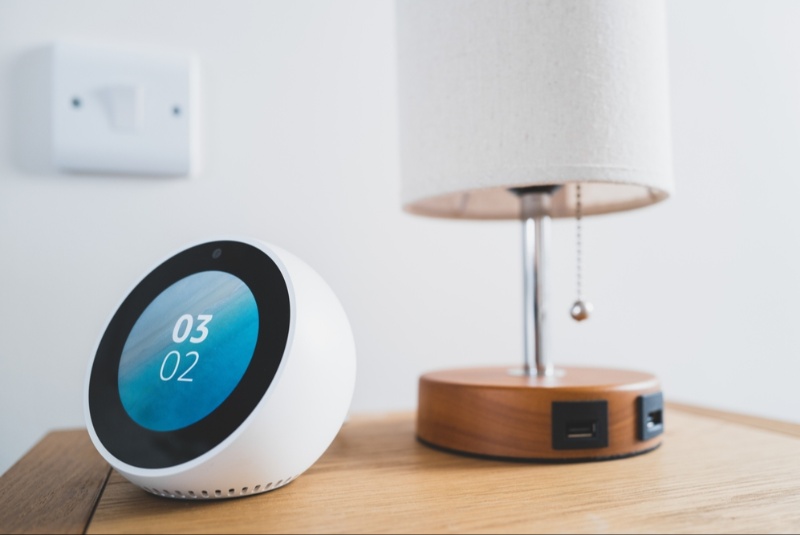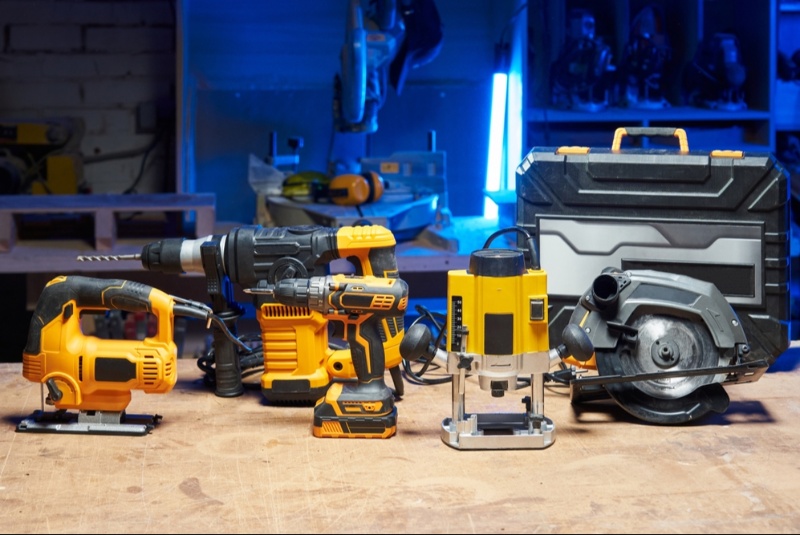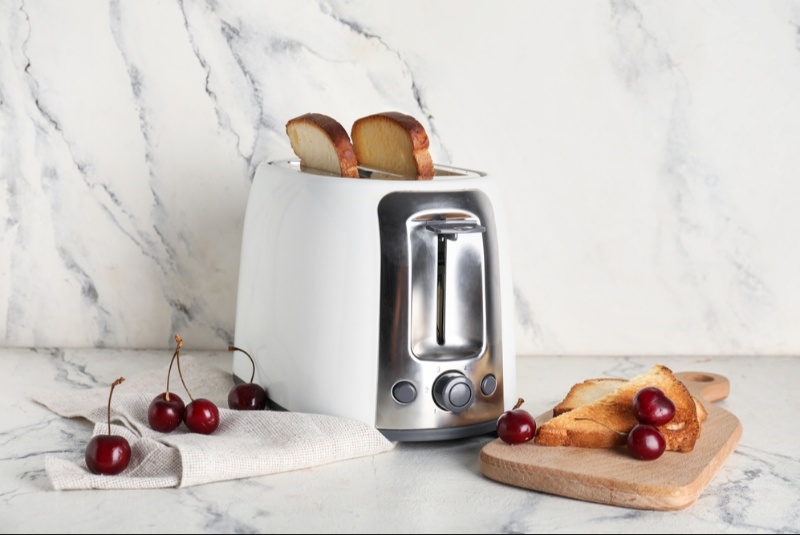Choosing the right surfboard is crucial for enhancing your surfing experience, whether you’re a beginner or an experienced surfer. A high-quality surfboard can improve your performance, provide greater stability, and ensure a more enjoyable time in the water. This comprehensive guide offers smart tips for buying a high-quality surfboard, helping you make an informed decision that suits your skill level and surfing style.
Understanding Your Skill Level
The first step in choosing the right surfboard is to assess your skill level. Beginners typically need boards that are more stable and easier to paddle, such as longboards or foam boards. Intermediate surfers might opt for funboards or hybrid boards, which offer a balance of stability and maneuverability. Advanced surfers often prefer shortboards or performance boards that allow for more dynamic movements. Understanding your skill level ensures you select a board that supports your progress and enhances your surfing experience.
Determining Your Surfing Style
Your surfing style plays a significant role in selecting the best surfboard. If you enjoy riding small, gentle waves, a longboard or fish board might be ideal. For those who prefer big waves and aggressive turns, a shortboard or gun would be more suitable. Consider whether you prioritize speed, maneuverability, or stability. Determining your surfing style helps narrow down your options and ensures you choose a board that complements your preferred way of riding waves.
Considering Board Types and Shapes
Surfboards come in various types and shapes, each designed for different conditions and skill levels. The main types include longboards, shortboards, fish boards, funboards, and guns. Longboards are great for beginners and small waves, offering stability and ease of paddling. Shortboards are suited for advanced surfers and larger waves, providing agility and speed. Fish boards are versatile and perform well in smaller, mushier waves. Funboards are a hybrid, offering a balance of stability and performance. Guns are designed for big waves and advanced surfers. Considering board types and shapes ensures you choose a surfboard tailored to your needs and conditions.
Evaluating Construction Materials
The material of your surfboard affects its performance, durability, and price. The most common materials are polyurethane (PU) and expanded polystyrene (EPS). PU boards are traditional and offer a good balance of flex and durability but can be heavier. EPS boards are lighter, more buoyant, and eco-friendlier but can be more expensive. Additionally, some surfboards use carbon fiber for added strength and performance. Evaluating construction materials ensures you choose a board that matches your priorities, whether it’s durability, weight, or environmental impact.
Considering Board Size and Volume
The size and volume of your surfboard are crucial for performance and stability. Beginners generally benefit from larger boards with more volume, as they provide greater buoyancy and stability. Intermediate and advanced surfers might prefer smaller, lower-volume boards for better maneuverability. Volume is typically measured in liters, and it’s important to find the right balance based on your weight, height, and skill level. Considering board size and volume ensures you choose a surfboard that offers the right level of support and performance for your surfing.

Checking Fins and Fin Systems
Fins play a vital role in the stability and maneuverability of your surfboard. There are different fin setups, including single fin, twin fin, thruster (three fins), and quad (four fins). Each setup offers different advantages; for instance, a single fin provides stability and smooth turns, while a thruster setup offers balance and control for sharper turns. Modern surfboards often come with removable fin systems, allowing you to customize your fin setup. Checking fins and fin systems ensures your board provides the desired level of performance and versatility.
Understanding Rocker and Concave
The rocker and concave of a surfboard affect its speed, maneuverability, and stability. Rocker refers to the curve of the board from nose to tail. Boards with more rocker perform better in larger waves and offer greater maneuverability, while those with less rocker are faster and better for smaller waves. Concave refers to the bottom shape of the board, which can influence lift and speed. Single concave provides speed, double concave offers a balance of speed and control, and V concave helps with rail-to-rail transitions. Understanding rocker and concave ensures you choose a board that suits your surfing conditions and style.
Trying Before Buying
If possible, try out different surfboards before making a purchase. Many surf shops offer demo programs or rentals, allowing you to test various boards in the water. Pay attention to how the board feels under your feet, its stability, and how well it maneuvers. Trying before buying helps you find the best fit for your surfing style and ensures you’re comfortable with your choice. This hands-on experience can provide valuable insights that specifications alone cannot convey.
Considering Budget and Value
Surfboards come in a wide range of prices, and it’s important to find one that fits your budget while offering good value. High-quality boards tend to be more expensive, but they also provide better performance and durability. Consider whether you’re willing to invest in a new board or if a used one might be a more affordable option. Keep in mind that additional costs, such as fins, leashes, and board bags, can add to the overall expense. Considering budget and value ensures you make a financially sound decision without compromising on quality.
Seeking Expert Advice and Recommendations
Don’t hesitate to seek advice from experienced surfers or professionals when choosing a surfboard. Surf shop staff, instructors, and fellow surfers can provide valuable insights and recommendations based on their experience. Online forums, reviews, and surfboard guides can also offer helpful information. Seeking expert advice and recommendations ensures you gather diverse perspectives and make an informed decision. This guidance can help you avoid common pitfalls and choose a board that truly enhances your surfing experience.
Maintaining Your Surfboard
Proper maintenance is essential for prolonging the life and performance of your surfboard. Rinse your board with fresh water after each use to remove salt and sand. Store it in a cool, shaded area to avoid sun damage. Regularly check for dings and cracks, and repair them promptly to prevent further damage. Using a board bag can protect your surfboard during transport and storage. Maintaining your surfboard ensures it remains in good condition, providing reliable performance for many sessions to come.
Selecting a high-quality surfboard involves understanding your skill level, determining your surfing style, and considering factors such as board types, materials, size, and volume. Evaluating fins, rocker, and concave, trying before buying, and seeking expert advice can further guide your decision. By considering your budget, understanding the importance of maintenance, and gathering diverse perspectives, you can make an informed choice that enhances your surfing experience. Use this guide to confidently navigate the surfboard market and find the perfect board that matches your needs and helps you enjoy magical summer evenings on the waves.




